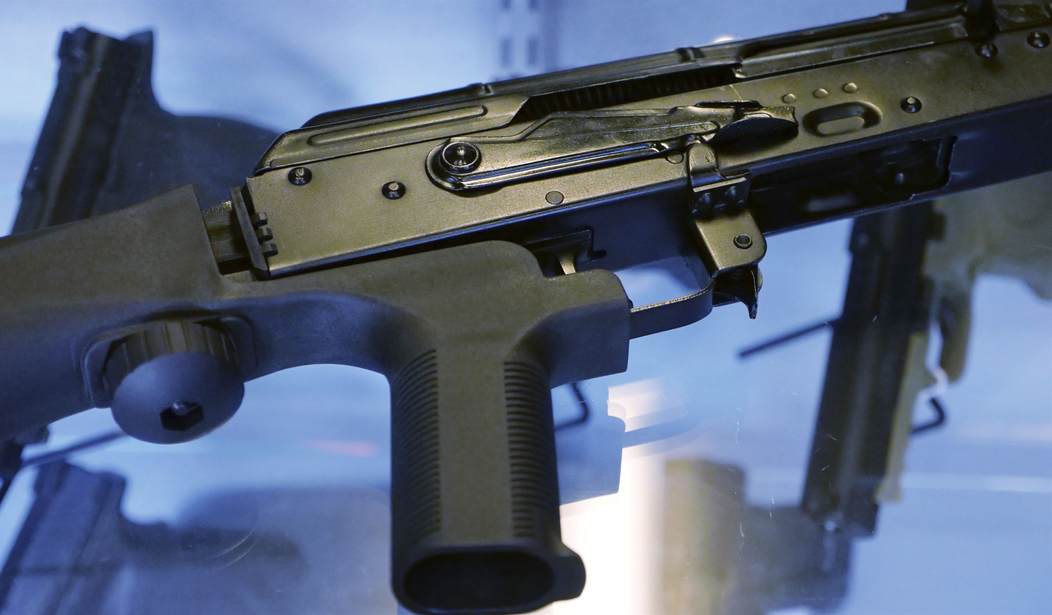The ATF's unilateral ban on bump stocks is a big problem. Even if you accept the National Firearms Act as constitutional--I don't, but roll with me here--the idea that the ATF can just up and one day decide that a previous ruling is no longer valid puts everything they've ruled on in some degree of jeopardy.
It was obvious to everyone that the ruling was going to get challenged, and it has.
However, just like every other gun case that's landed before the Supreme Court, the media seems intent on muddying the waters.
While much of the attention on the Supreme Court in recent days has focused on cases involving former President Donald Trump, the justices recently heard oral arguments in another case that is sure to divide the country.
On Feb. 28, the court wrestled with how to interpret the National Firearms Act of 1934, which includes an ambiguous definition of “machine gun,” in a case to determine whether firearms with bump stocks should receive that classification.
“That's the language we're stuck with,” lamented Justice Brett Kavanaugh, acknowledging the law was originally passed as a direct response to gang violence during the Prohibition era.
Except that it's not that ambiguous.
Let's look at that definition for a second, shall we?
Any weapon which shoots, is designed to shoot, or can be readily restored to shoot, automatically more than one shot, without manual reloading, by a single function of the trigger.
Now, that's not very ambiguous, now is it? If can fire more than one shot with a single pull of the trigger, it's classified as a machine gun, and that's an important because bump stocks don't facilitate a firearm doing any such thing.
I'm sorry, but I don't see the ambiguity here, especially with regard to this case.
And honestly, the original piece doesn't get better from there.
For example:
“Those weapons do exactly what Congress meant to prohibit when it enacted the prohibition on machine guns,” attorney Brian Fletcher argued before the Supreme Court on behalf of Attorney General Merrick Garland and the federal government.
Fletcher maintained that it would be “irresponsible” for the ATF to overlook its previous judgment that bump stocks were not machine guns in light of the Las Vegas shooting.
Cargill’s argument rested on the back-and-forth movement of the trigger between shots and the human intervention required to keep shooting. In contrast, Garland’s position hinged on the technicality that the shooter is no longer actively controlling the trigger after the first shot and thus is initiating a continuous cycle of fire.
First, Congress didn't prohibit machine guns. It put a $200 tax on them. Granted, that was a lot in 1934, but it was still legal to own full-auto firearms. You just had to pay, which meant they were legal for a price.
And really, Garland's argument is idiotic in this case.
You see, if we're simply going to argue that bump stocks are illegal because they facilitate bump firing, where control is lost, then what about people who bump fire with rubber bands, belt loops, or anything else? Have they given up control of teh trigger?
Moreover, where in that definition listed above do we see anything about someone needing "control" of the trigger? It says more than one shot with a single pull of the trigger. A bump stock does not change that.
Hell, just removing your finger from the trigger guard would end the bump fire, thus providing at least some degree of control, negating Garland's position in this case.
But, for some reason, that never makes it in any of these news stories. I wonder why that is.








Join the conversation as a VIP Member